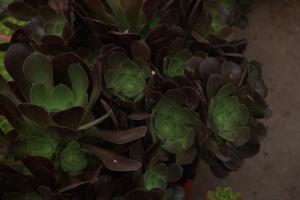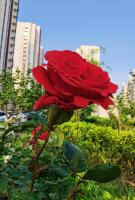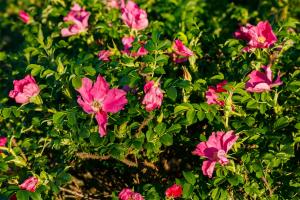1. Curing temperature
It is relatively strong and likes a warm and dry climate, so the general humidity is between 18 and 26 degrees. In winter, it can keep the temperature above 15 degrees, which will keep it blooming all winter. Once the temperature cannot be guaranteed, all its leaves will fall down and enter the dormant state, so the temperature must be well controlled

2. Necessary reproduction
In order to cultivate more and better Rosa davurica, the commonly used methods are seed propagation, cutting propagation and individual ramet propagation. Of course, different propagation methods are adopted, and the propagation time is also different. If it is seed propagation, it is generally to pick fruits and take out seeds in the first ten days of September. Cutting is to collect seedlings and start cutting in the first ten days of July every year. Ramets are generally better in autumn. No matter which method can make it survive well

3. Necessary fertilization
When it grows well, it is generally topdressing every first half of a month. It is OK to use some organic liquid fertilizer or compound fertilizer, but in winter, fertilization can be appropriately reduced. If it is in the greenhouse, fertilization can be continued. If not, fertilization can be reduced

4. Pest control
Of course, every kind of plant diseases and insect pests are the most troublesome. For example, the most common diseases and insect pests encountered by Rosa davurica are powdery mildew and spot borer, which will cause great damage to the leaves of Rosa davurica. At this time, we need to use some drugs for timely spraying treatment. The sooner we find it, the sooner we manage it, the better. In this way, we can reduce the damage to it and let it grow healthily. Therefore, diseases and pests must not be underestimated

 jackfruit
jackfruit snake plant
snake plant hibiscus
hibiscus hydrangea
hydrangea lavender
lavender Green roses climb al...
Green roses climb al... If you don't pay att...
If you don't pay att... Management of four g...
Management of four g...
































